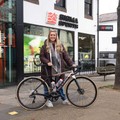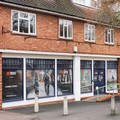Get to grips with the essential cycling hand signals that will keep you and your riding companions safe when out on the roads.
Riding in a group should be an enjoyable and exhilarating experience and looking out for one another when you're out on the road will ensure you all stay safe and get the most out of your group rides. Communication is key, so knowing how to pass down messages in the group is an important skill to have. Whether it’s a group of three or a small peloton, hand signals can alert your fellow riders to potential dangers.
With all hand signals, aim to hold them for around five seconds to ensure they are seen, make sure you perform the signal early enough to allow for time to act before the potential hazard. Lastly, make sure you’re looking forward when taking your hand off the bars.
Hazard on the Road

Whether it is a pothole, a sunken manhole cover or an object in your path. Pointing down to the hazard with your arm at a 45-degree angle warns the riders behind and allows them to avoid the potential danger. This can also be accompanied by a “hole” shout for added warning.
You can also differentiate gravel from other hazards by keeping your arm extended at 45 degrees, but rather than pointing, move your hand from side to side with your palm facing the floor (effectively waving at the road).
Move Out
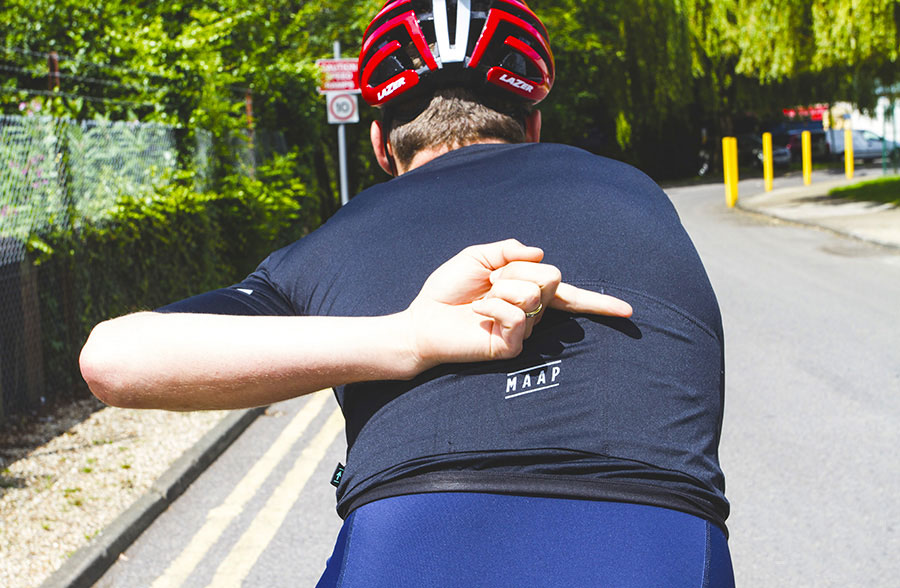
Parked cars, other riders, horses or pedestrians in the road are all things you need to avoid. A wave/point behind your back in the direction in which you wish to move out alerts the riders behind of the upcoming object and allows them to safely move out passed it.
Slow Down
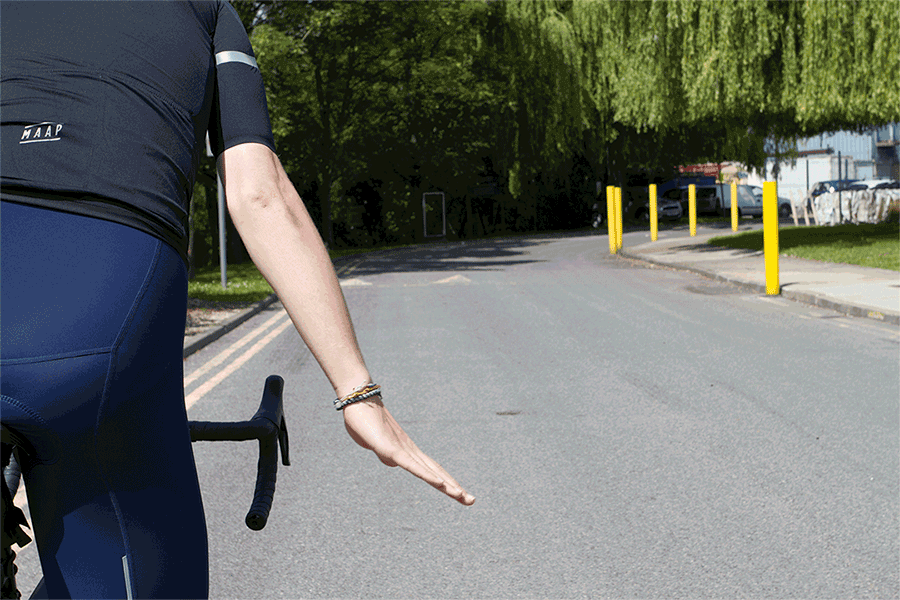
Like patting a dog on the head; a slow arm motion downwards tells the group you are slowing down. This can be used if there is an obstruction ahead or you need to slow down for a junction or a set of traffic lights.
Stop

The last thing you want is for you to come to a stop and the riders behind to plough into you. Whether it’s stopping for a natural break or a mechanical issue, a simple fist behind the back tells your fellow riders you are coming to a stop. Stopping should be accompanied by a loud “stopping” shout as you likely will not be able to hold up this signal for too long as you will need both hands on the bars to brake.
Left/Right Turn
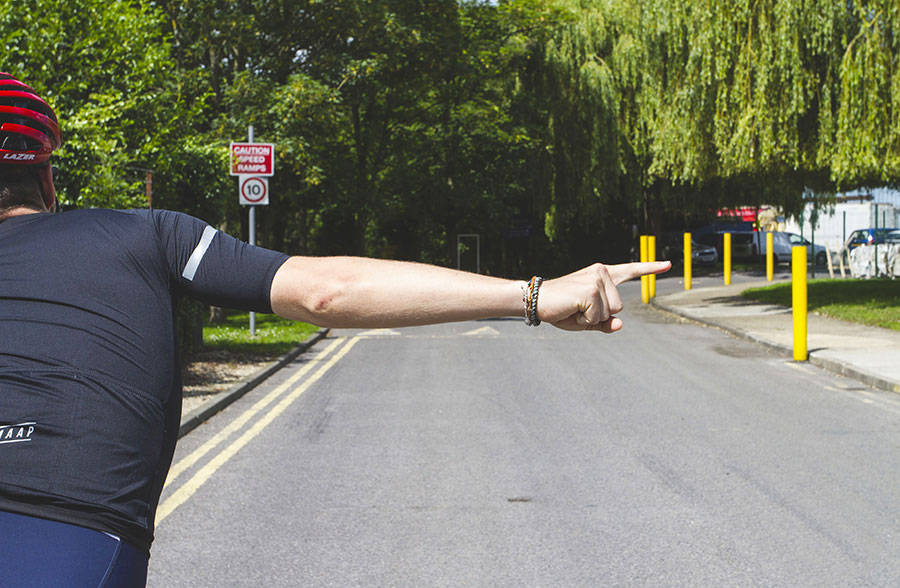
As cyclists, you need to tell your fellow riders and other road users which direction you are turning. Look over the shoulder where the traffic is coming from, (so in the UK look over your right shoulder) then look forward and give a clear 90 degree signal for 5 seconds, approximately 15-20 seconds before you wish to turn, make sure your hands are back on the handlebars so you are fully in control to make the turn.
Come Through
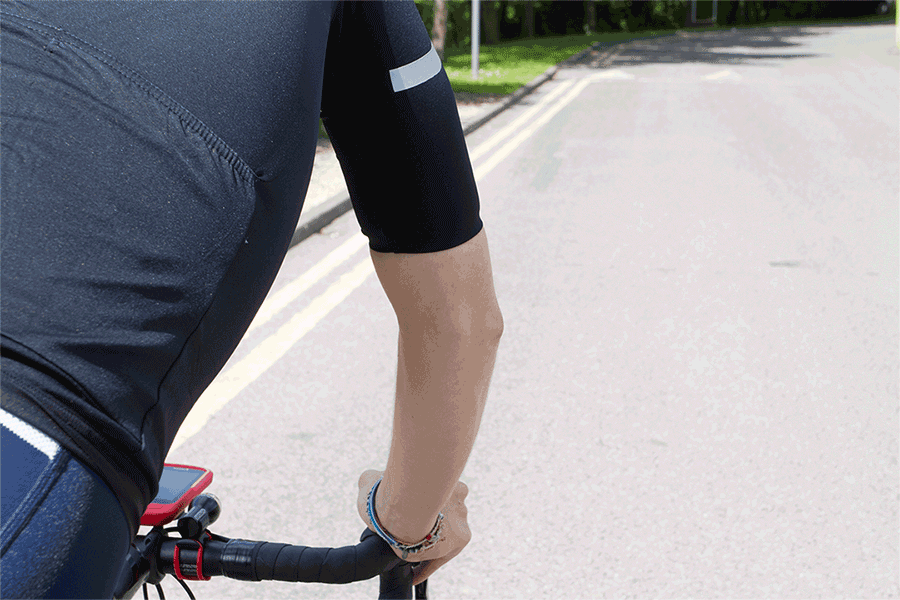
What makes riding in a group faster and more efficient than riding alone is that you can share the workload on the front. Once you have taken your turn the easiest way to tell the next rider to come through to take their turn is to flick your elbow. This could either be the right or left elbow, depending on which side you want to the rider to come through on.


